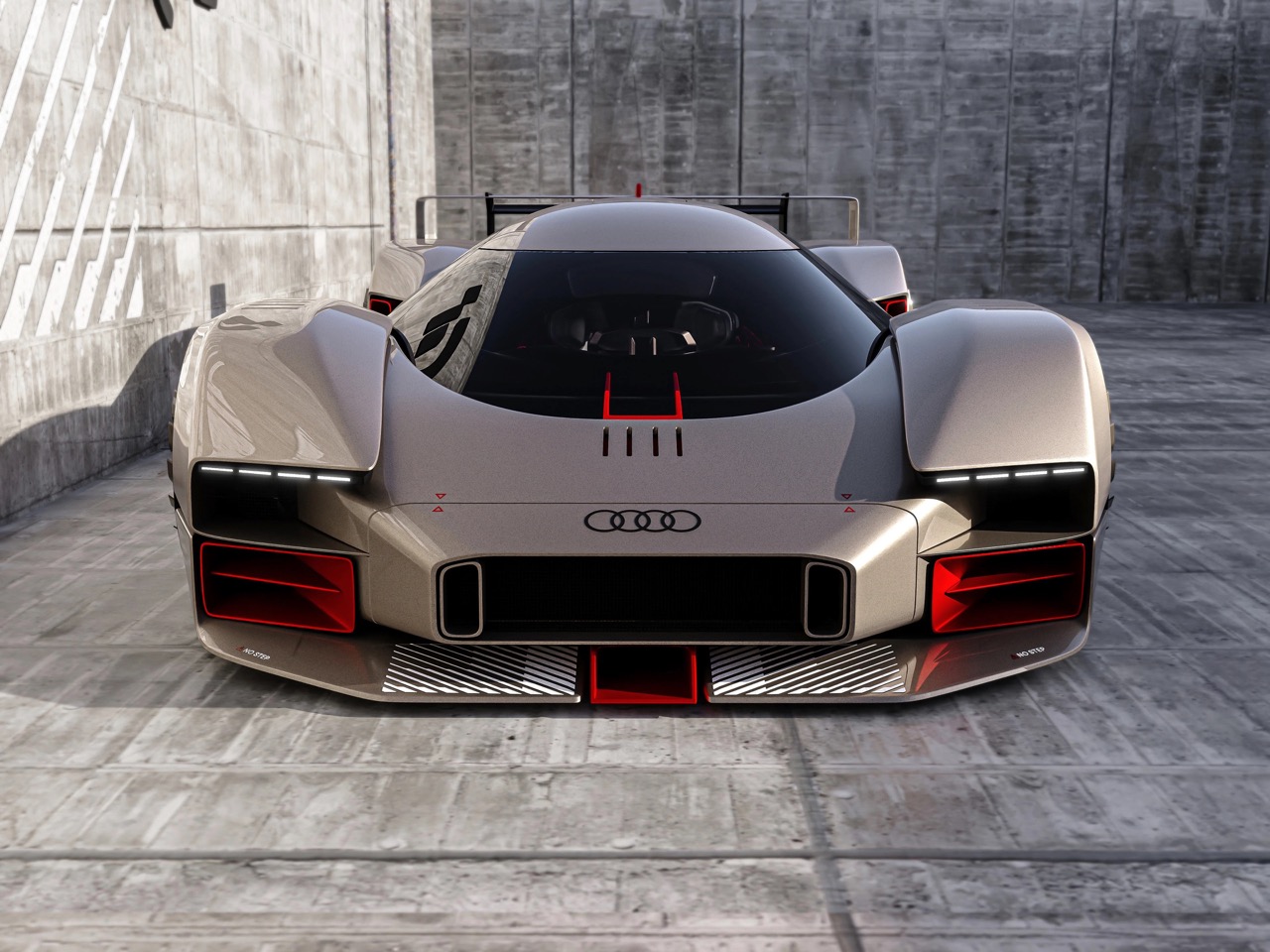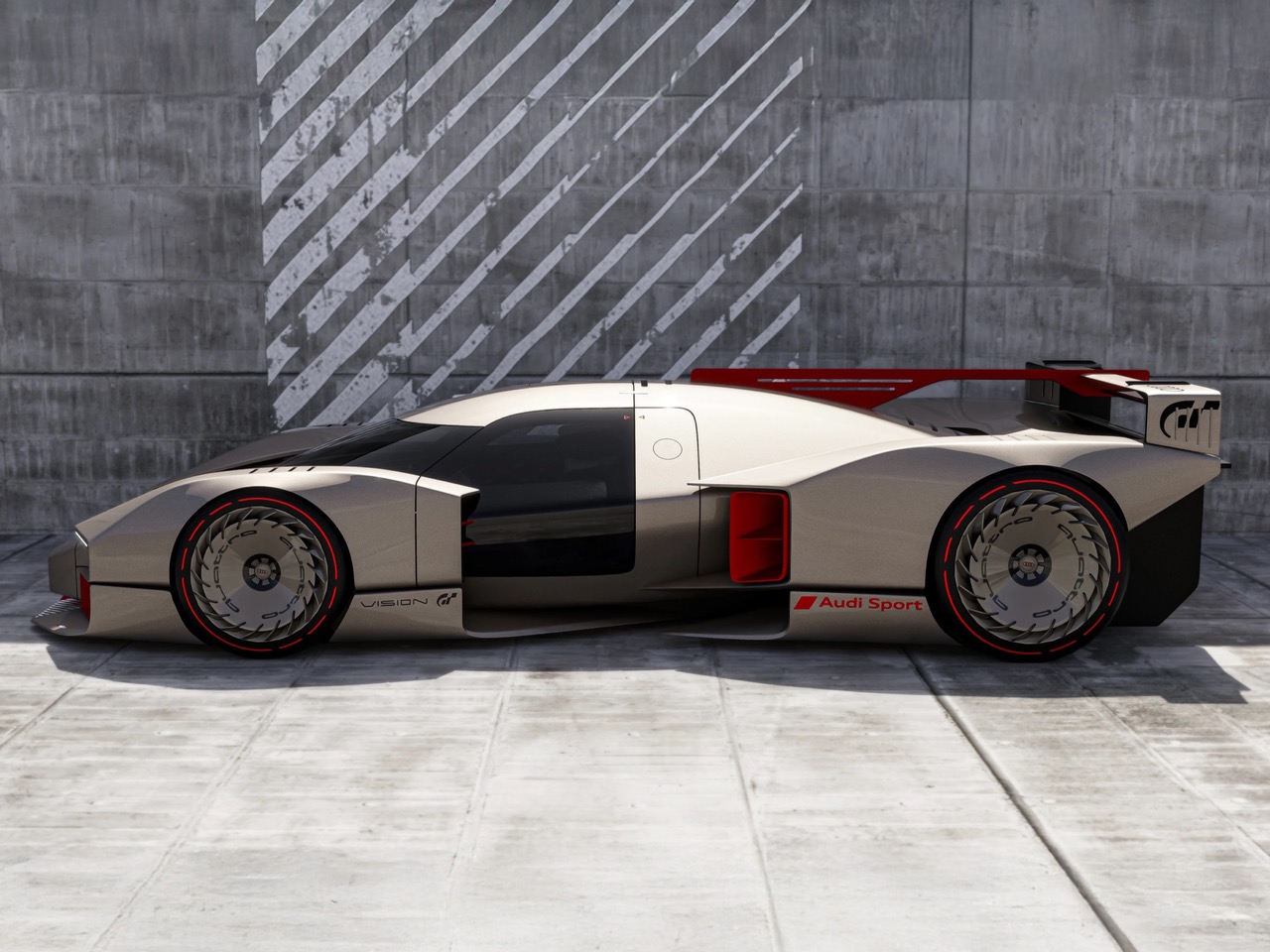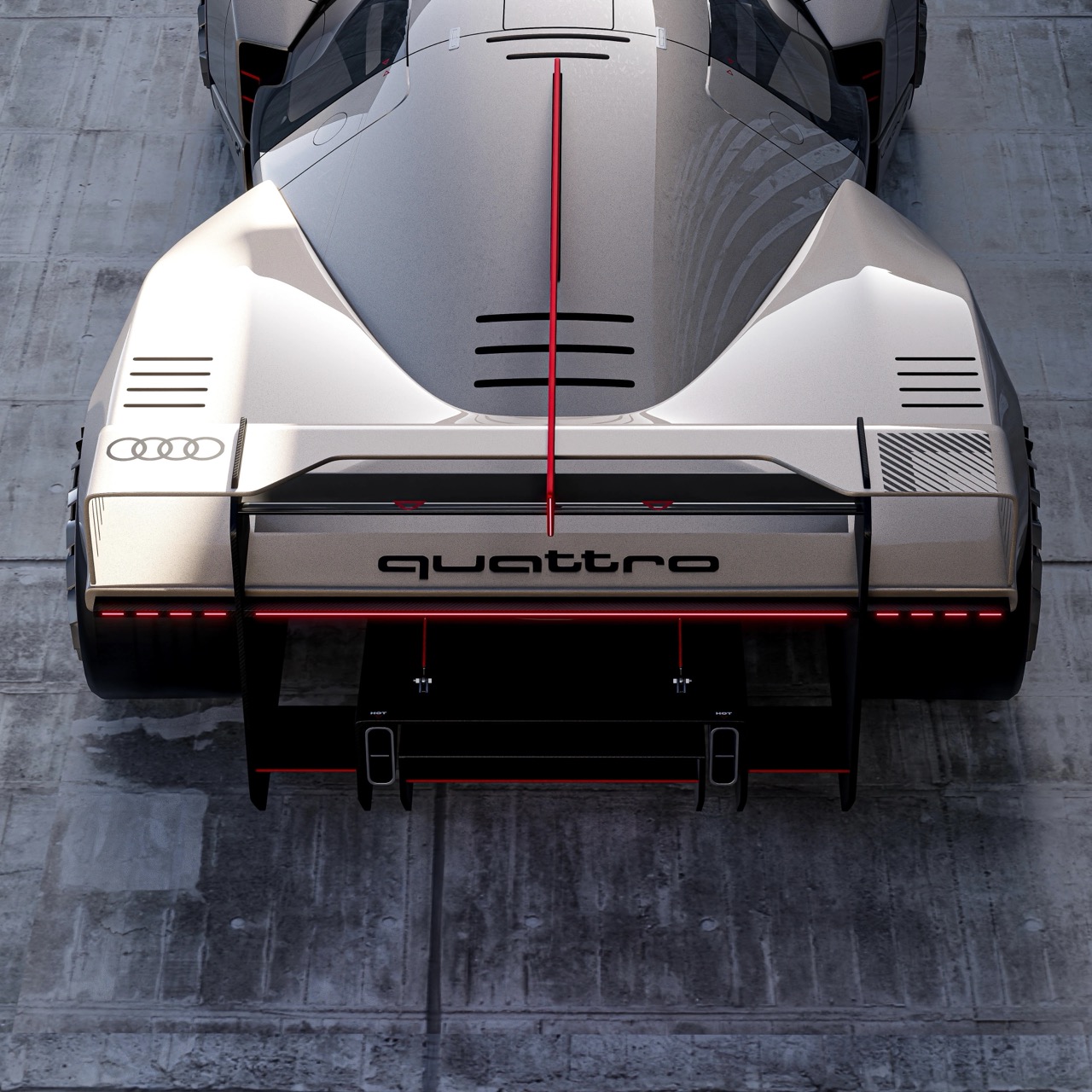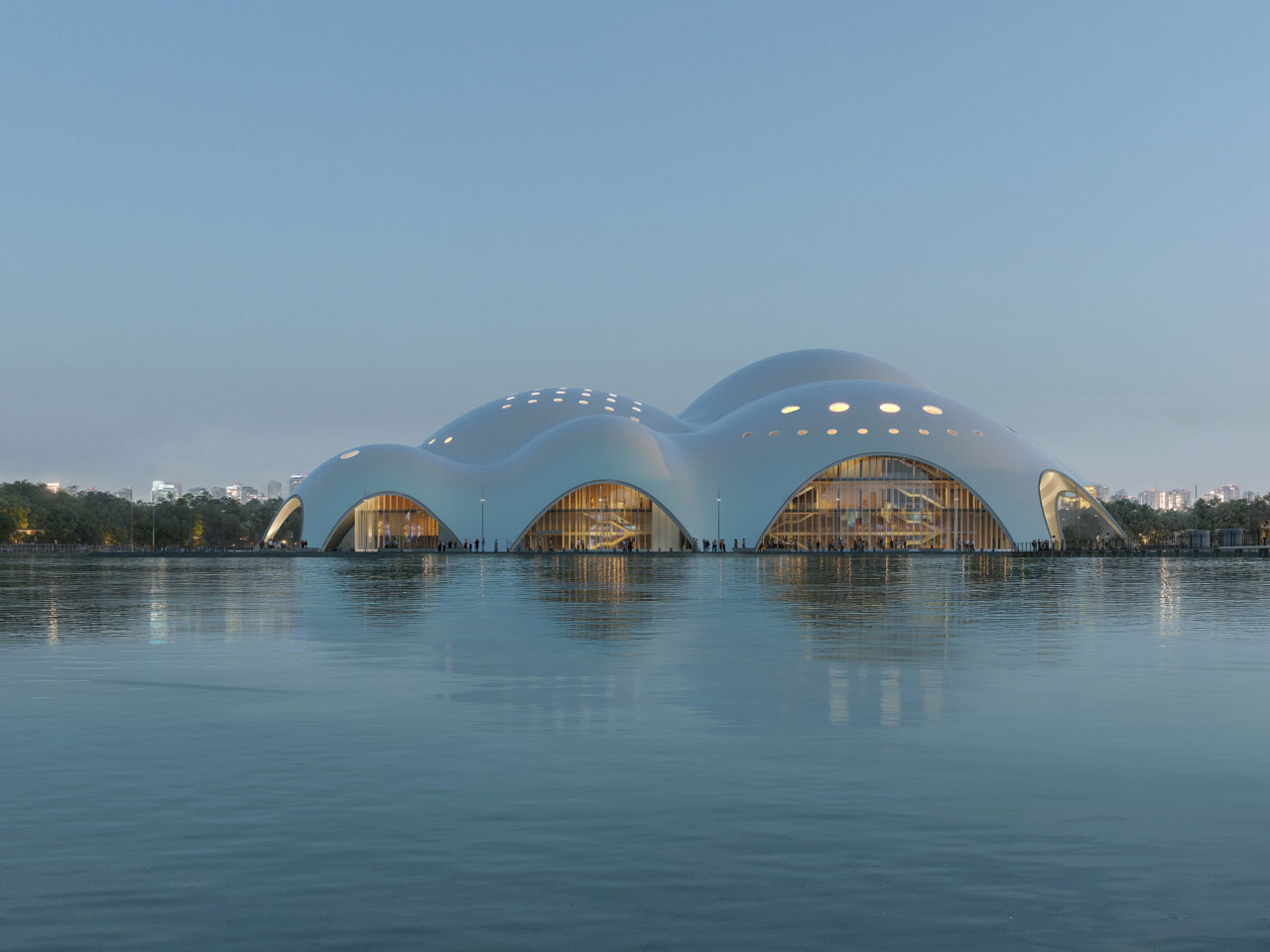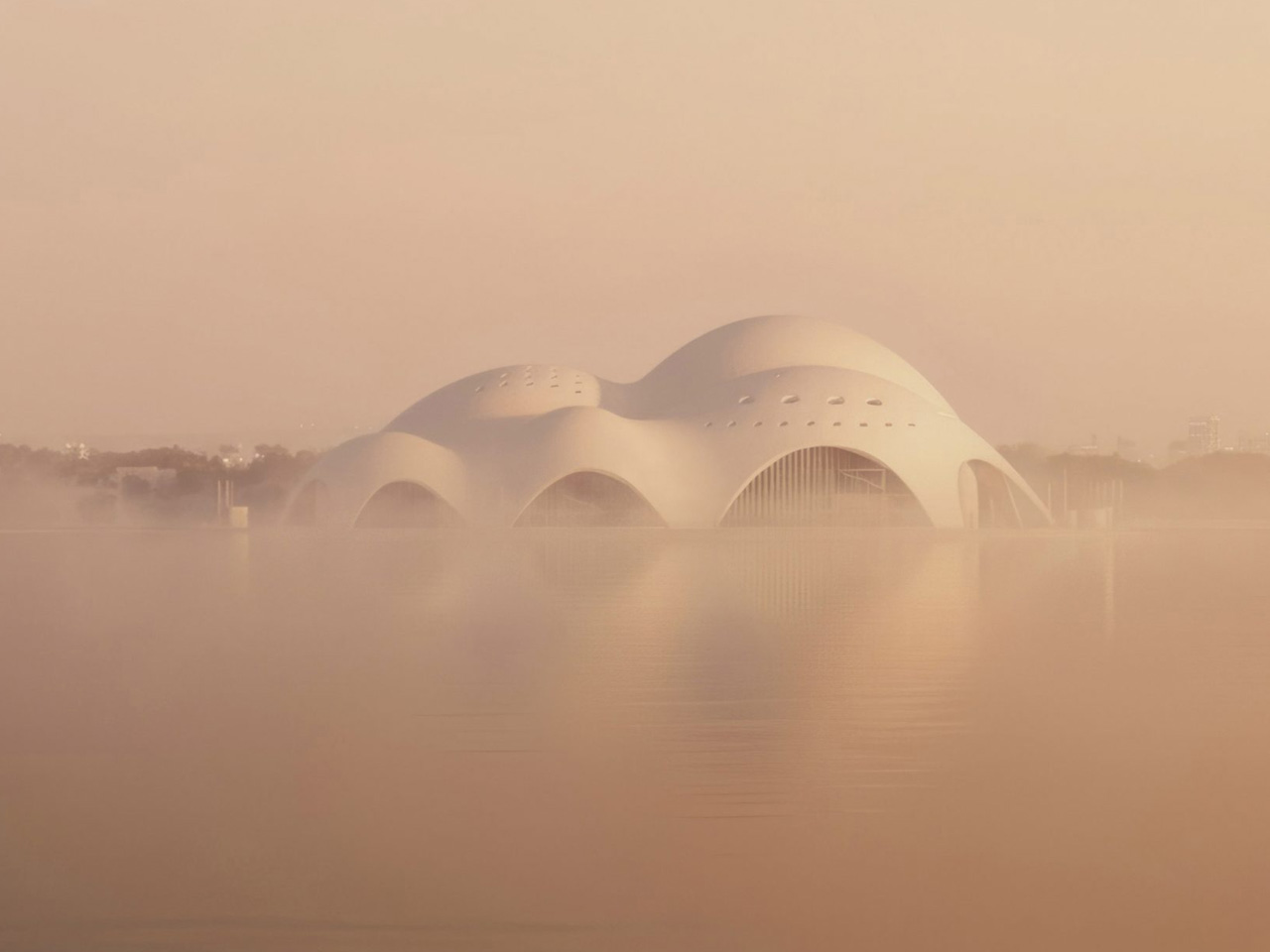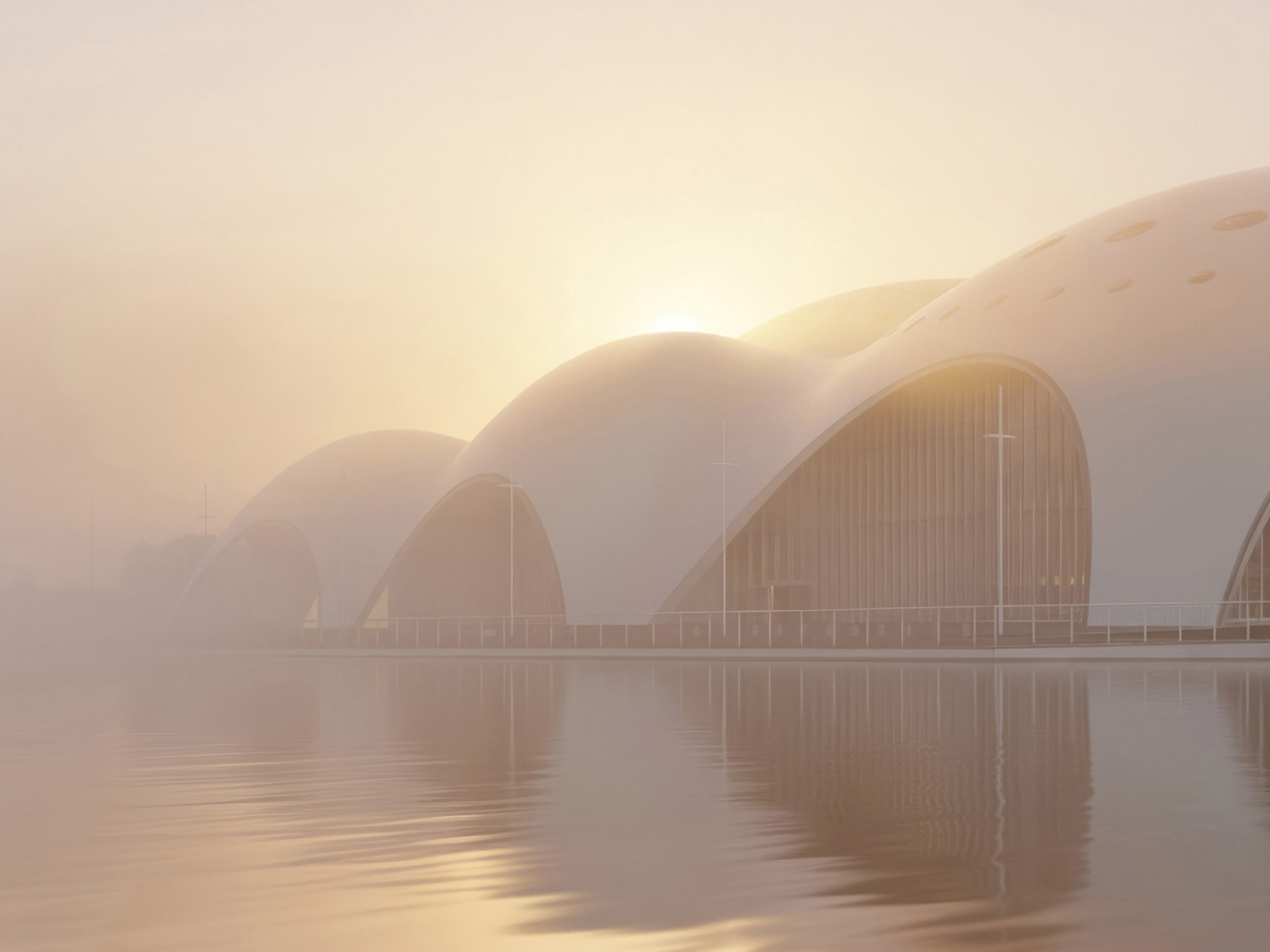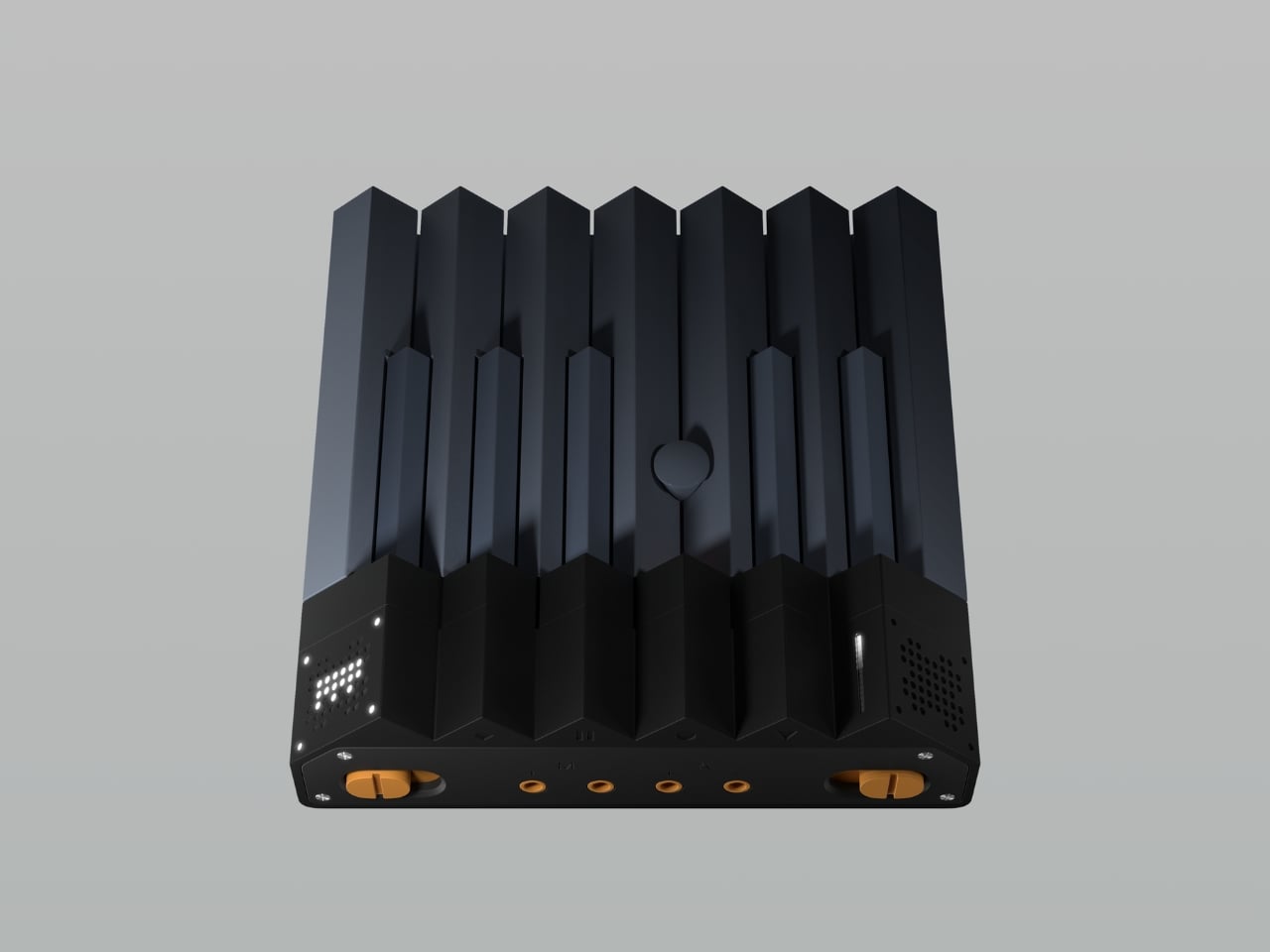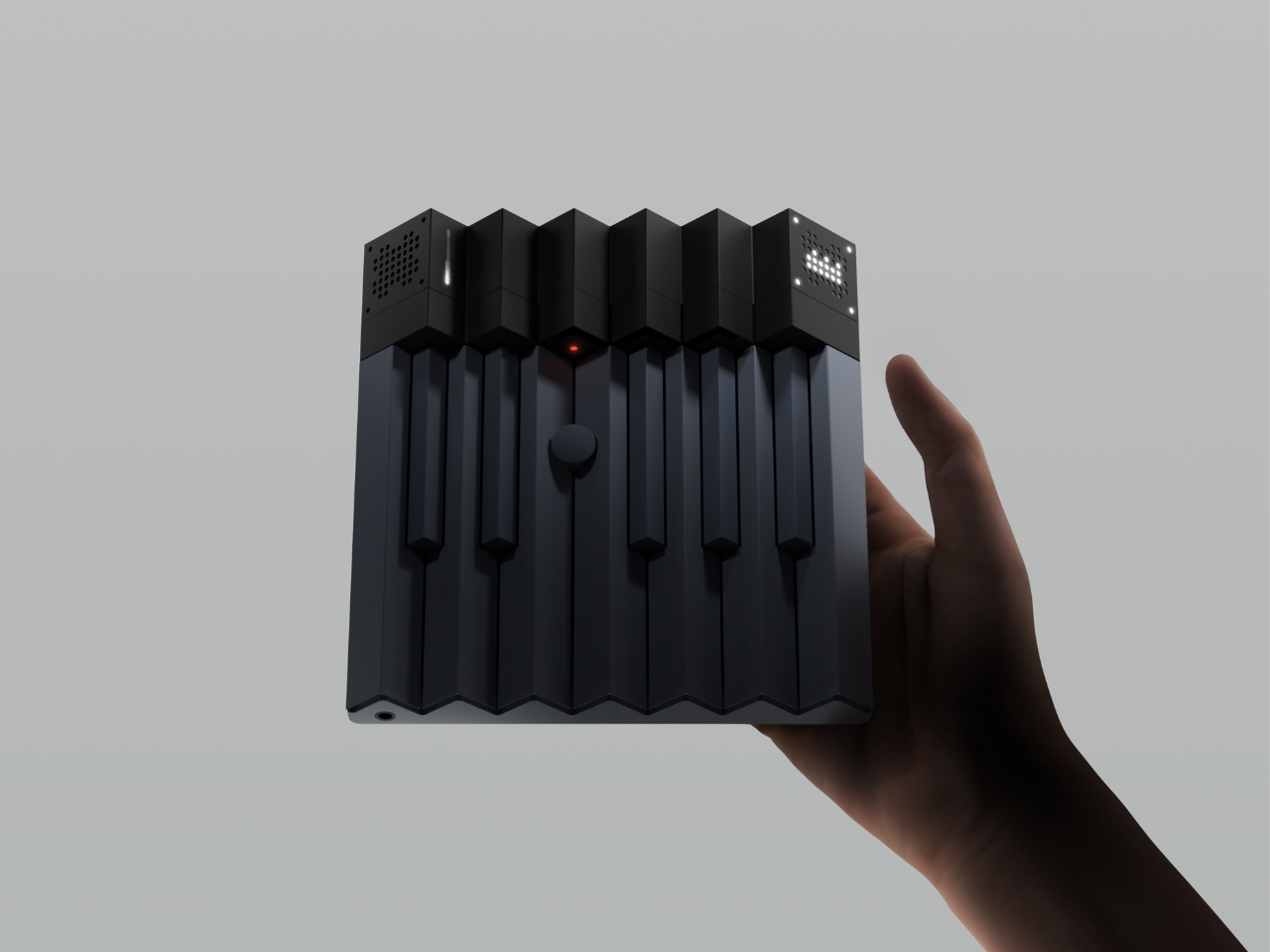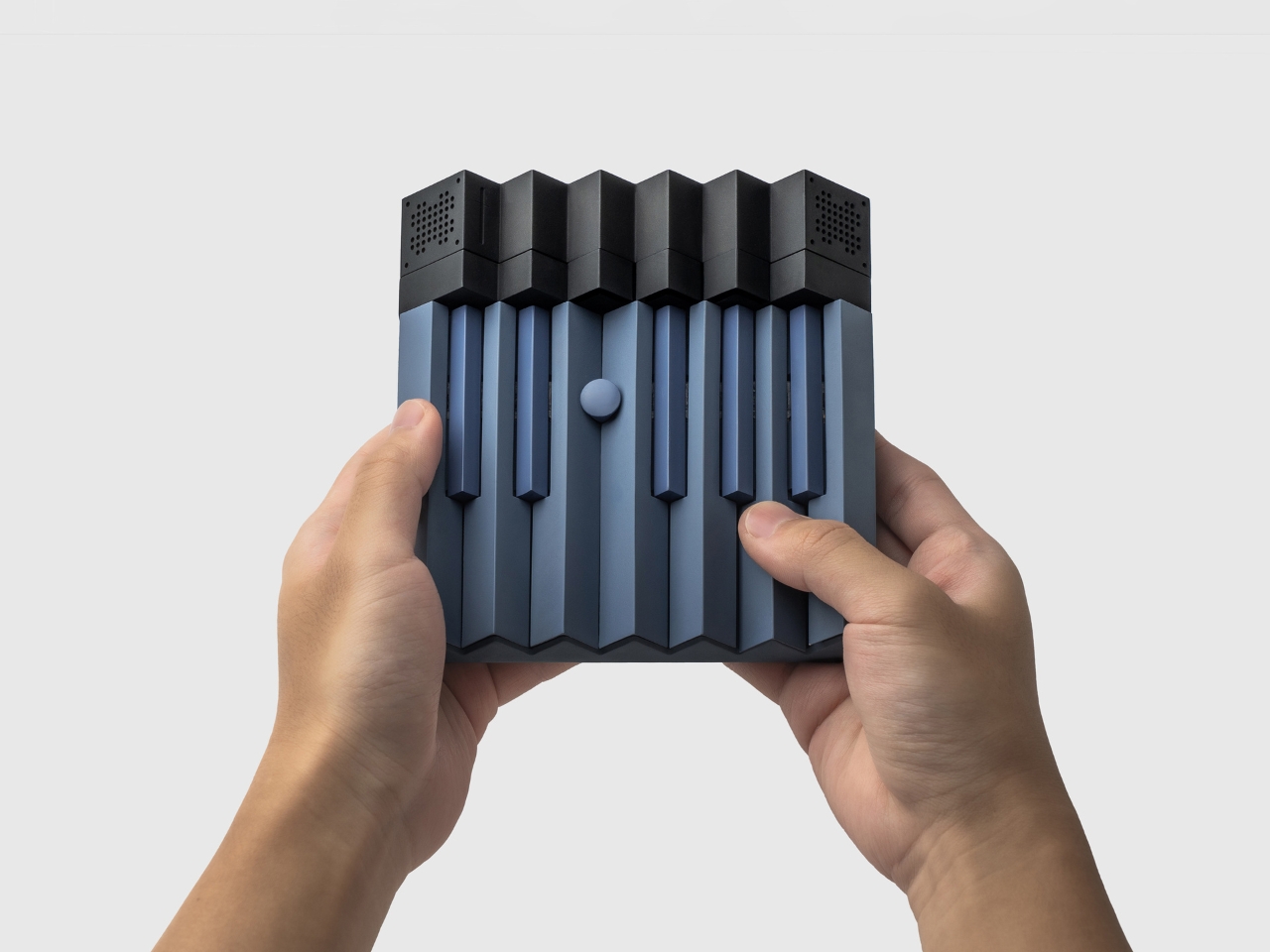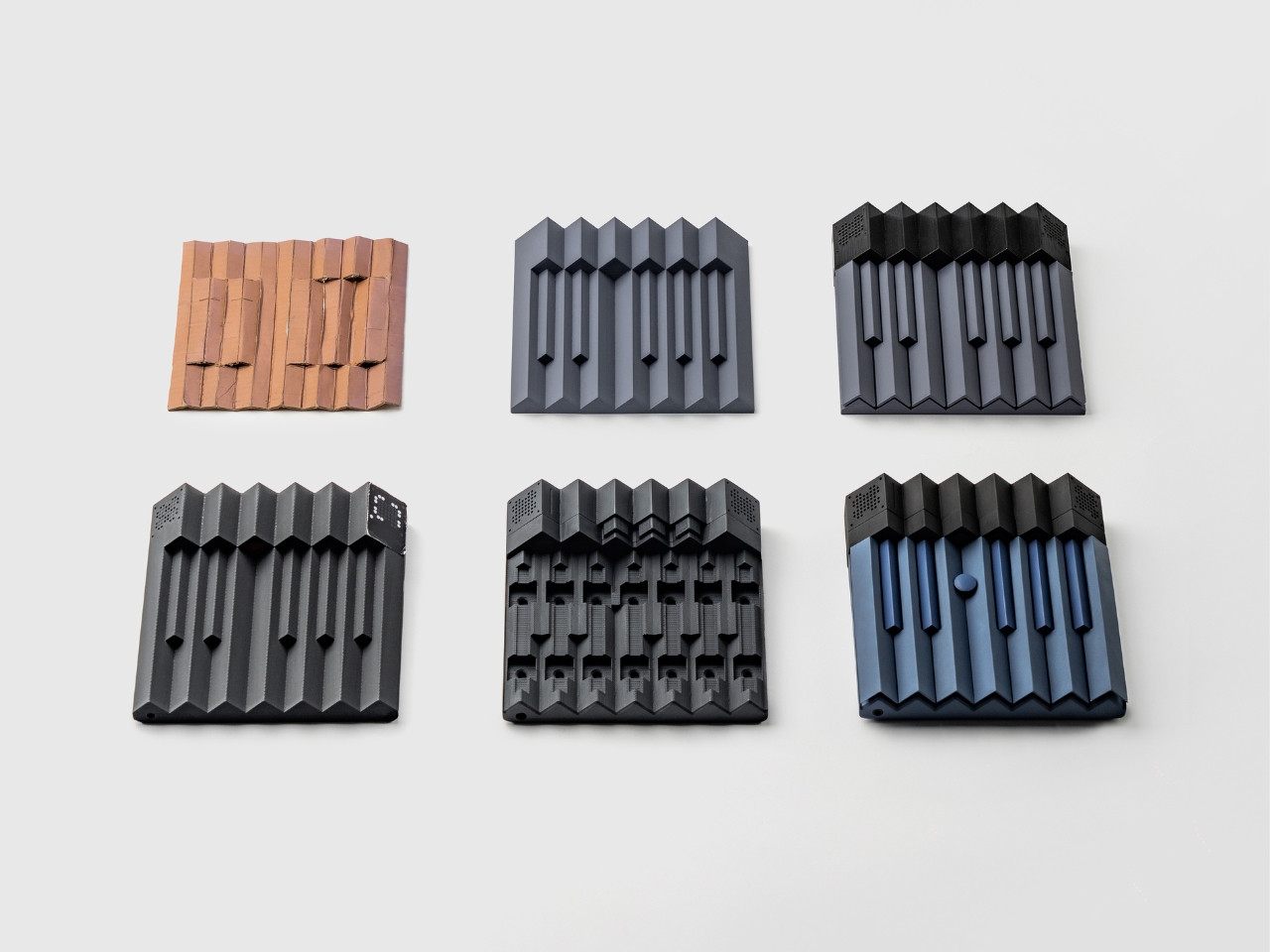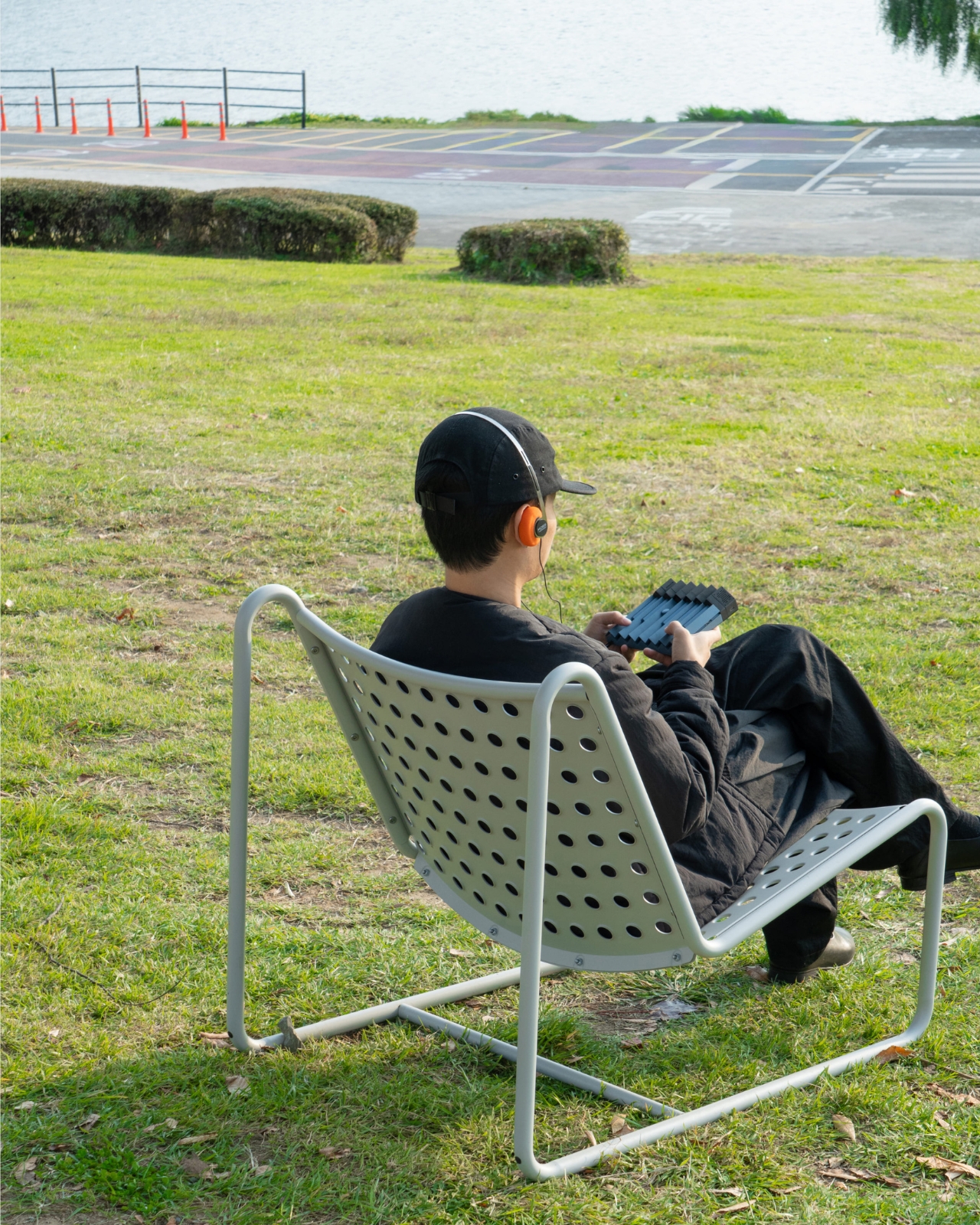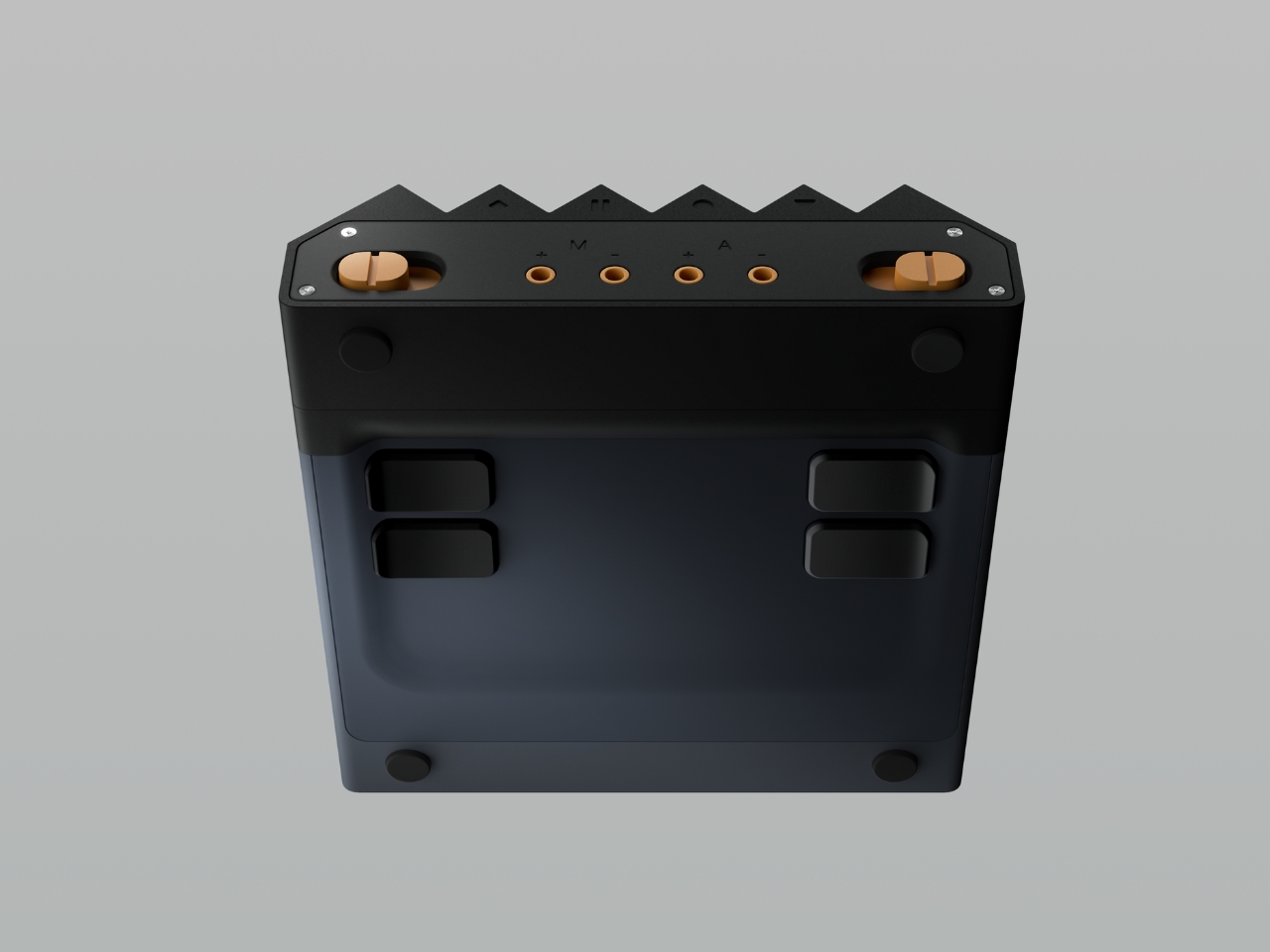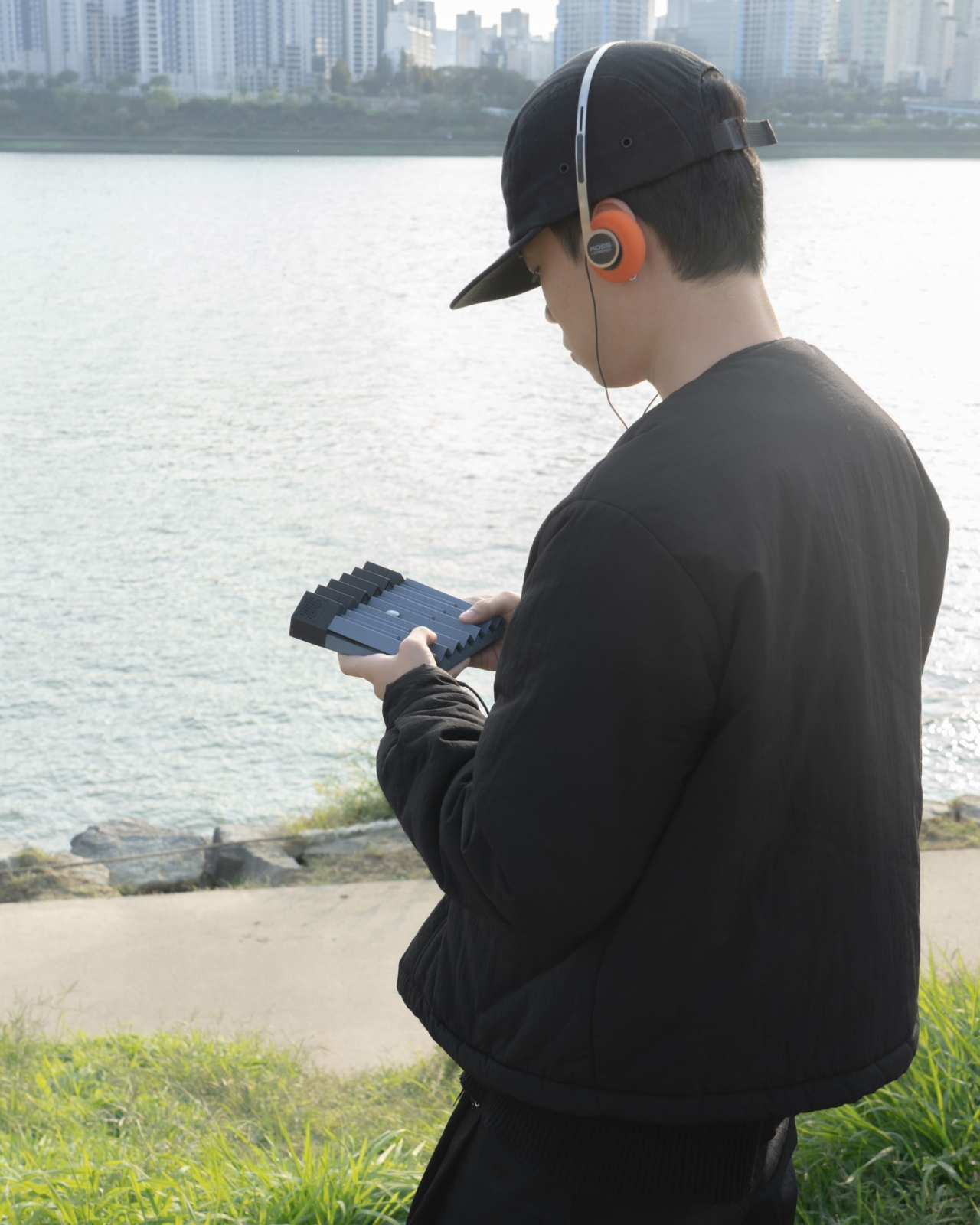The EDC community loves two things: innovation and overkill (in the best possible way). The Lumitwin DL700 delivers both. Imagine a flashlight so powerful it throws light 2 kilometers into the distance. That’s 1.24 miles of beam reach, which is frankly absurd for something you can clip to your bag with a carabiner. This isn’t your grandfather’s Maglite. With dual independently-controlled barrels, laser-excited phosphor modules instead of LEDs, and swappable color filters for different outdoor scenarios, the DL700 reads like a wishlist from r/flashlight brought to life. At 1,032 grams, it’s substantial but purposeful – machined from aerospace aluminum and built to survive everything from torrential rain (IP68 rated) to rough handling.
Every outdoor enthusiast has been there: you’re on a night hike, and your phone’s flashlight dies. Or you’re searching for a trail marker, squinting into the darkness as your standard LED flashlight’s beam dissolves into useless scatter. The Lumitwin DL700 was born from exactly these frustrations – designed by explorers who wanted more than just bright; they wanted far, focused, and adaptable. The DL700 delivers 2,000 meters of throw distance with interchangeable red, green, and flood filters for hunting, search-and-rescue, or tactical situations. Machined from a single aluminum block and rated for 1-meter drops and IP68 waterproofing, it’s the kind of tool you grab when even your purpose-built EDC flashlight won’t cut it.
Designer: Lumitwin
Click Here to Buy Now: $329 $950 (65% off) Hurry! Only 7 days to go.

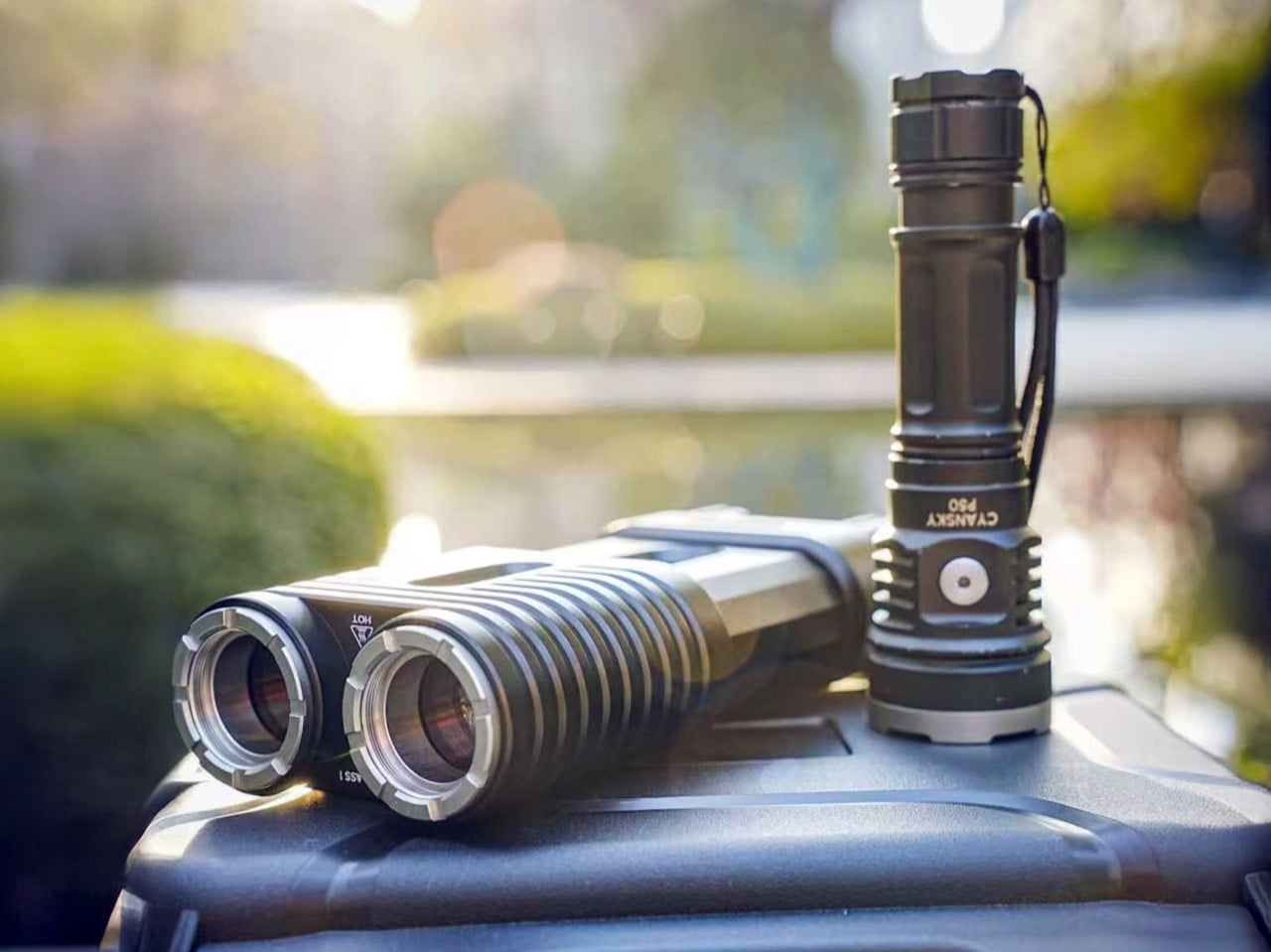
LEDs have dominated flashlight design for decades, but the Lumitwin DL700 is betting on a different light source entirely. Each barrel houses a Blue Lake NT2 laser-excited phosphor module. This is the same technology that powers high-end automotive laser headlights, where a laser excites a phosphor layer to generate intensely focused light. You’re not shooting laser beams at things (important safety distinction), but you are getting illumination characteristics that conventional LEDs simply cannot match. Traditional LED flashlights scatter their beams, losing intensity rapidly over distance. The DL700’s LEP technology creates a collimated beam that maintains coherence over extreme distances. When both barrels fire simultaneously, you get 1,100 lumens with a combined candela rating of 958,000 cd and that 2,000-meter throw distance. Switch to single-barrel alternating mode and you’re looking at 500 lumens on high with 479,000 cd, which still reaches 1,300 meters.
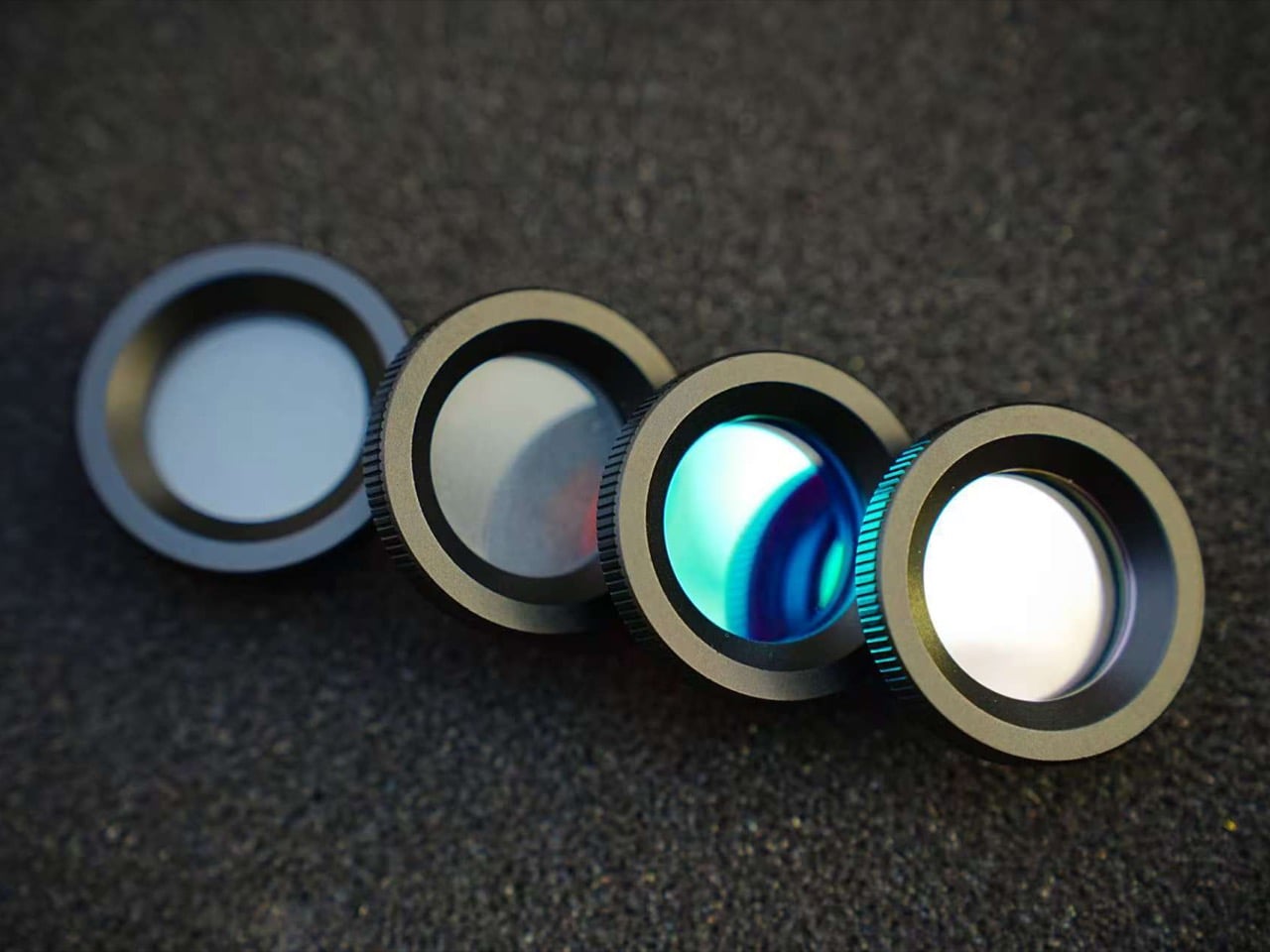
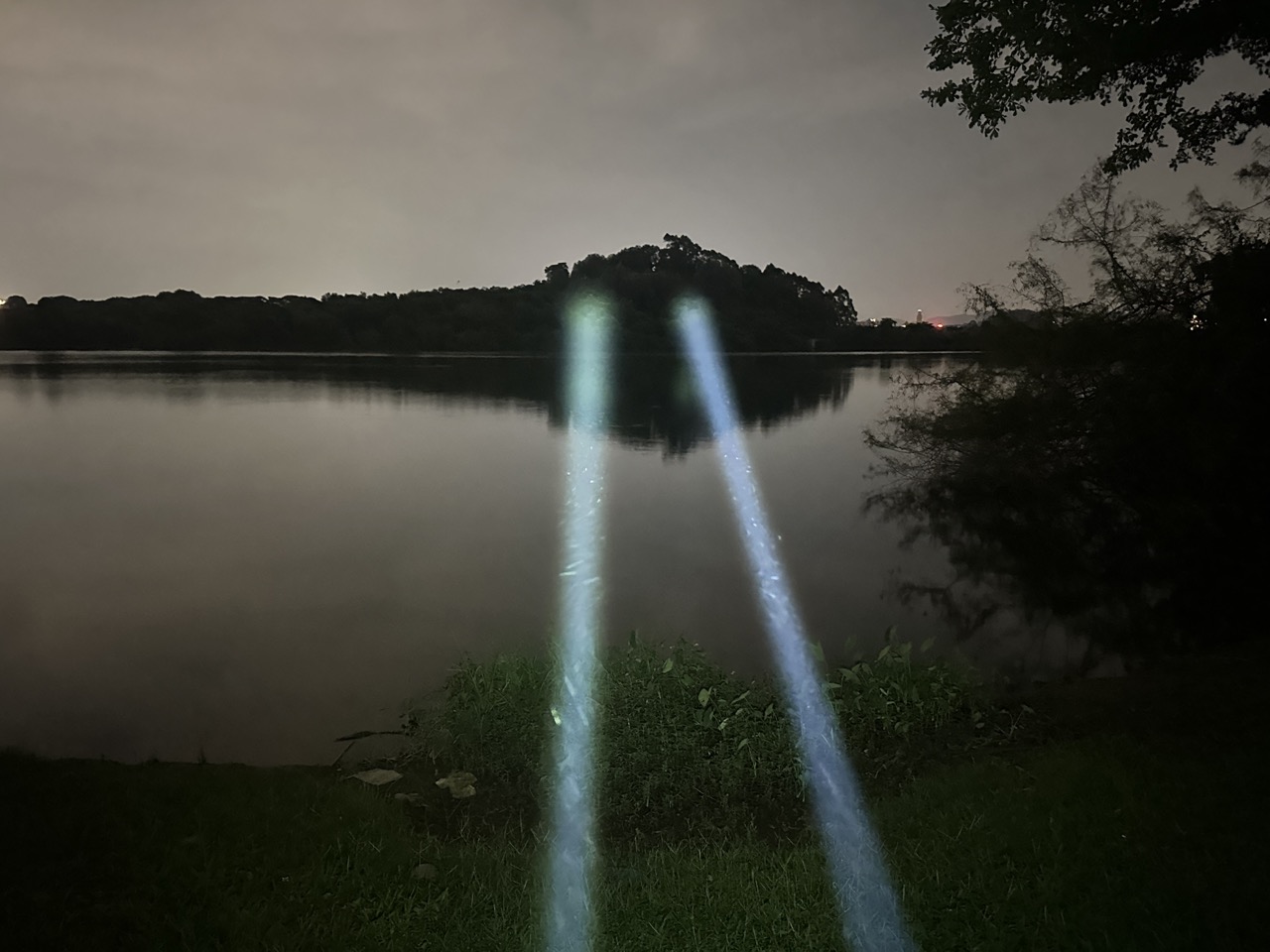
The dual-barrel setup isn’t just aesthetic mimicry of binoculars, though the form factor does borrow that ergonomic hollow-center grip. Each barrel operates completely independently with its own switch and brightness control. You can run both at full power for maximum illumination, use them separately to extend battery life, or set different configurations on each barrel for specific tasks. Thread-on filters for each barrel include red, green, and light-diffusing flood options. Red light preserves night vision for hunting or astronomy. Green cuts through fog and provides better contrast in dense vegetation. The flood filter transforms the focused laser beam into wider area illumination for close-up camp work or search and rescue scenarios where you need to illuminate a broader field. This modular approach gives you essentially six different flashlights in one package, and you can mix configurations. One barrel with red filter for navigation, one with standard white laser for distance spotting.

Each barrel gets its own 6,000mAh 21700 lithium-ion cell, totaling 12,000mAh across the entire unit. This explains why the alternating single-barrel mode delivers such impressive runtime. On high output with alternating barrels, you get eight hours. Drop to low output and you’re looking at 16 hours of continuous operation. Both barrels simultaneously at maximum output drain things faster at four hours on high, but that’s still respectable given the performance output. USB-C charging on both batteries means you’re not hunting for proprietary cables or dealing with annoying charging cradles.

Each unit is machined from a solid block of 6061 aerospace aluminum (the same alloy used in aircraft components and high-end bike frames) which explains both the premium feel and the 1,032-gram weight. IP68 waterproofing means submersion to 1.5 meters for 30 minutes, which translates to “drop it in a river and you’re fine.” The specs list 10-meter drop resistance, which is more than you can claim for most smartphones. The body includes integrated cooling fins and an intelligent temperature control system to maintain stable brightness without thermal throttling, which is crucial for sustained high-output use.
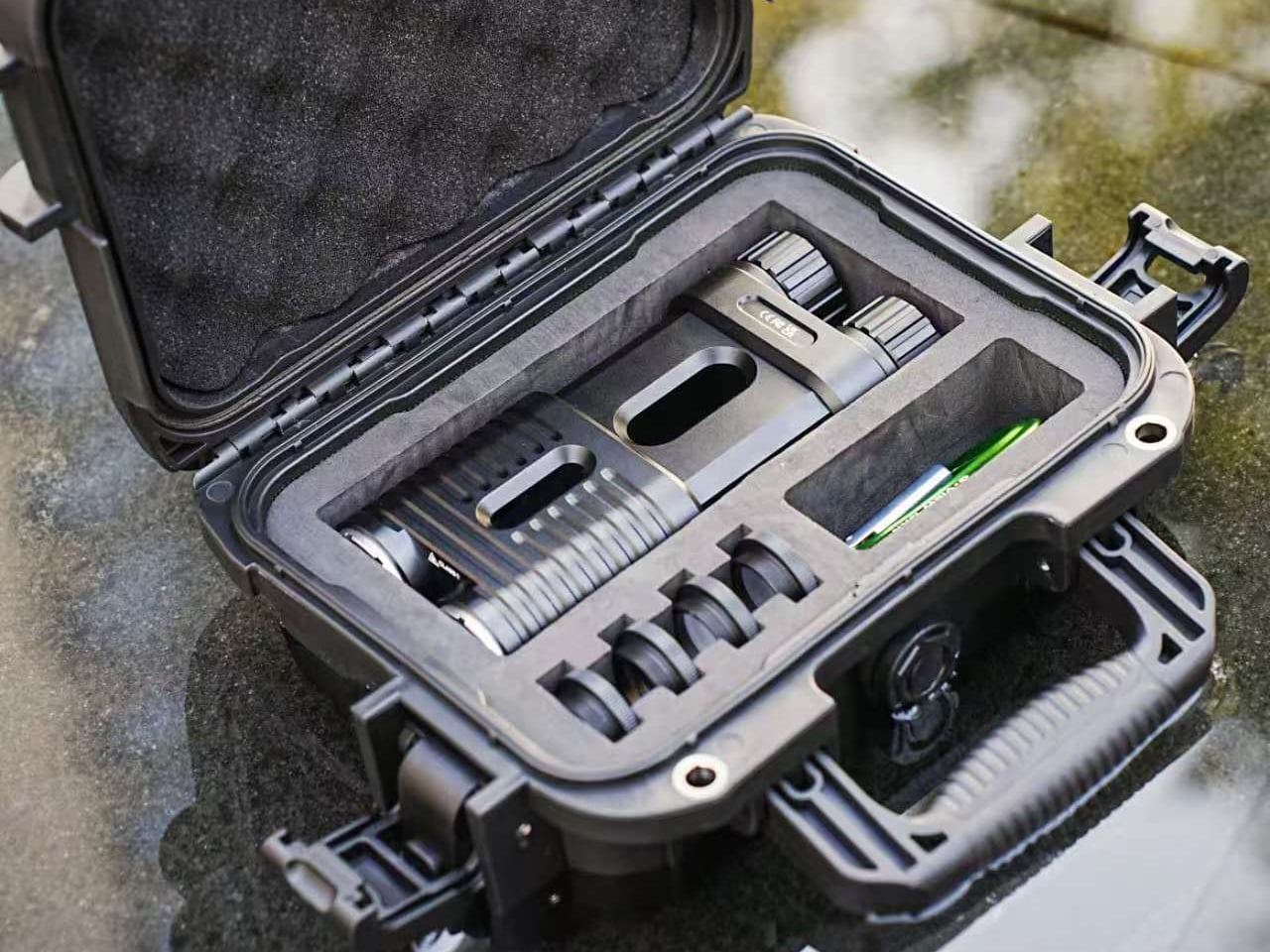
Dimensions come in at 7.2 inches long, 3.15 inches wide, and 1.57 inches tall. This puts it firmly in the “substantial EDC” category rather than pocket-friendly territory. You’re carrying this on a belt loop, in a bag, or via the included braided wrist strap and carabiner setup. The included hard-shell case keeps everything organized and protected during transport. For context on use cases, this level of performance targets search and rescue operations, serious hunting and expedition work, tactical applications, and outdoor enthusiasts who need reliable long-distance illumination. You’re not using this to find your keys in the dark. You’re using this to spot trail markers from a mountain ridge or illuminate a distant shoreline during night navigation.
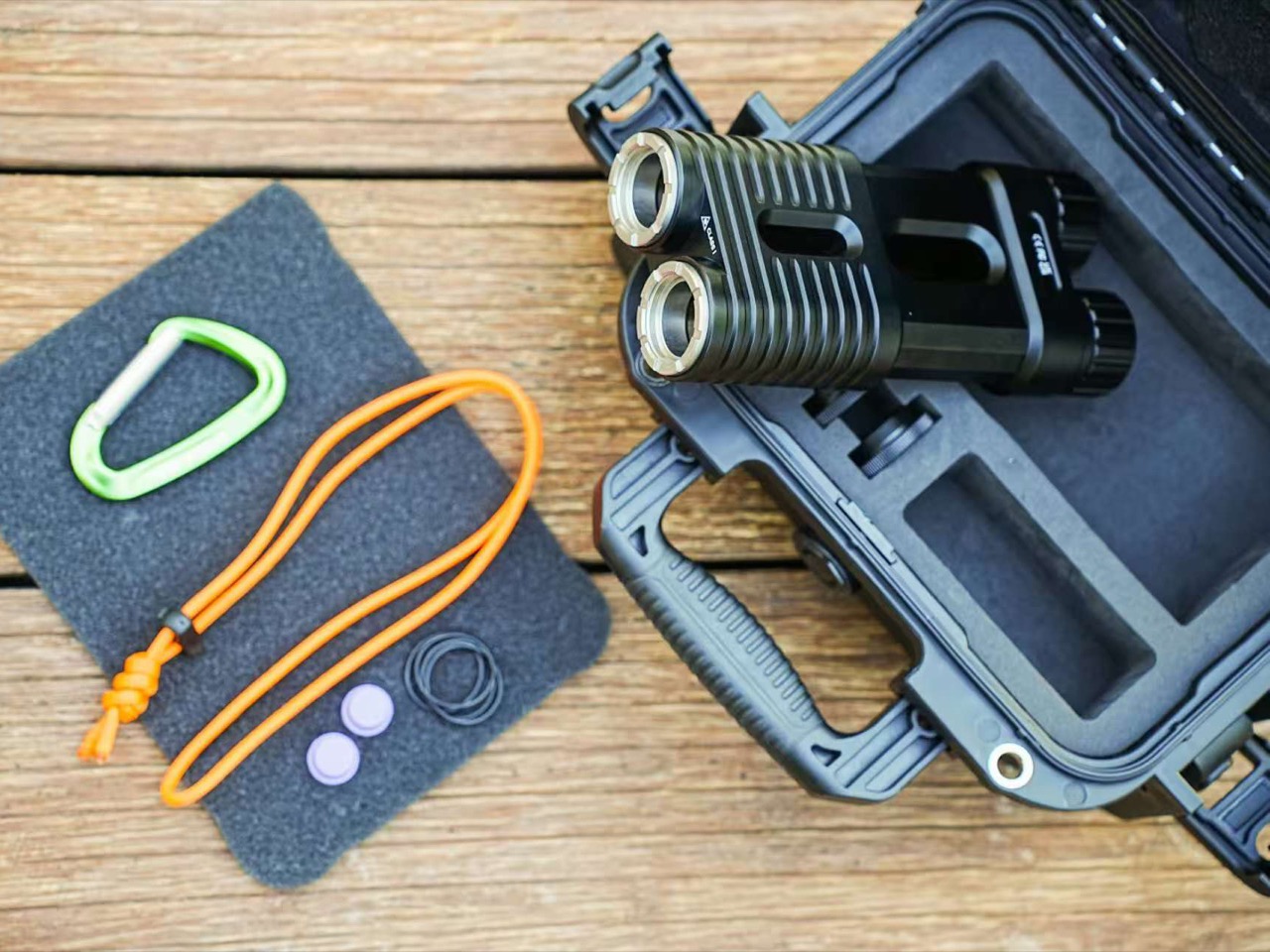
Double the barrels but halve the price is what I imagine the folks at Lumitwin said when they launched their Kickstarter. The MSRP on the DL700 starts at an eye-watering $950, but a whopping 65% discount brings its price down to $329 for a limited time while the project accrues backers on Kickstarter. For that price you get an entire hard-shell case with the flashlight itself, two 6000mAh batteries, two floodlight filters, a red light filter, a green light filter, two replacement silicone buttons, a braided cord and carabiner for easy carrying, and finally 4 waterproof rings. The DL700 begins shipping globally starting December this year, so grab yours now and you should get it in time for Christmas, or maybe your holiday camping trip as the new year rolls in.
Click Here to Buy Now: $329 $950 (65% off) Hurry! Only 7 days to go.
The post This Dual-Barrel EDC Flashlight Has A Beam Distance Of A Whopping 1.2 Miles or 2 Kilometers first appeared on Yanko Design.











